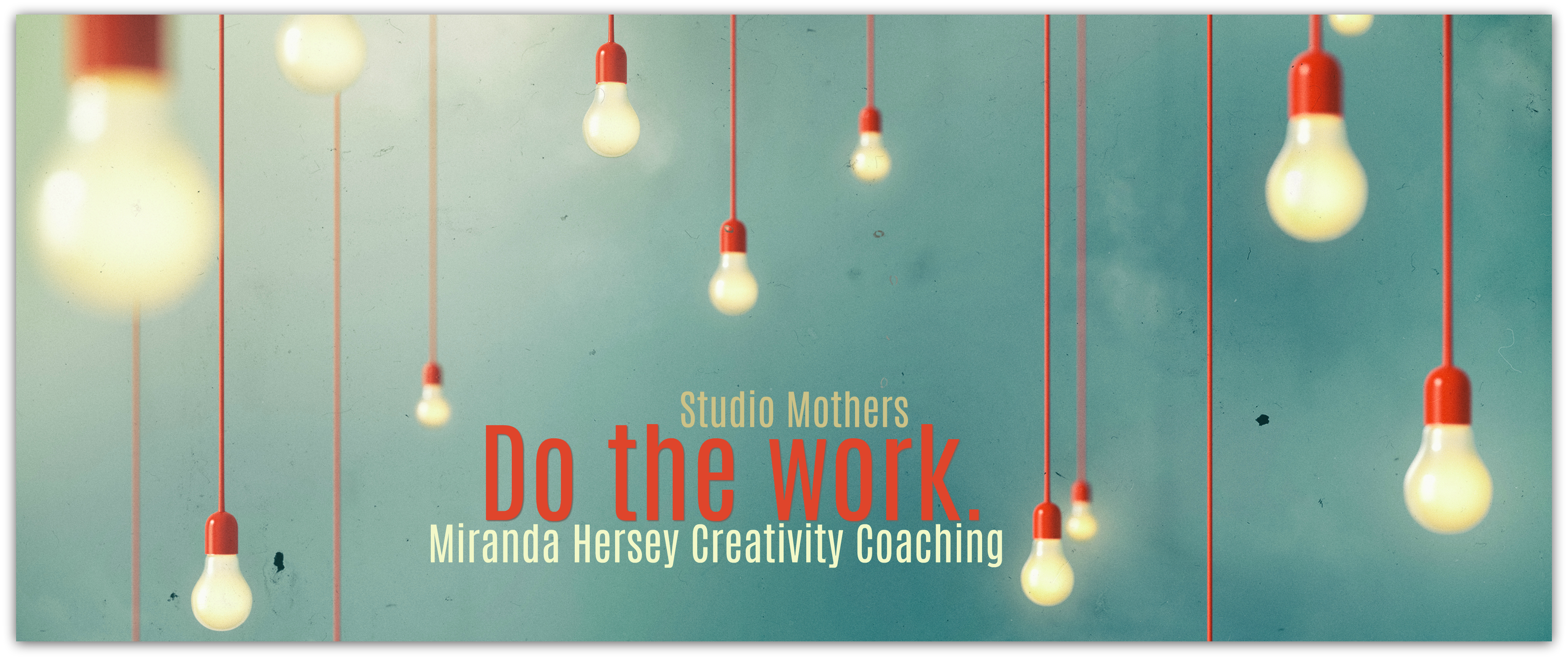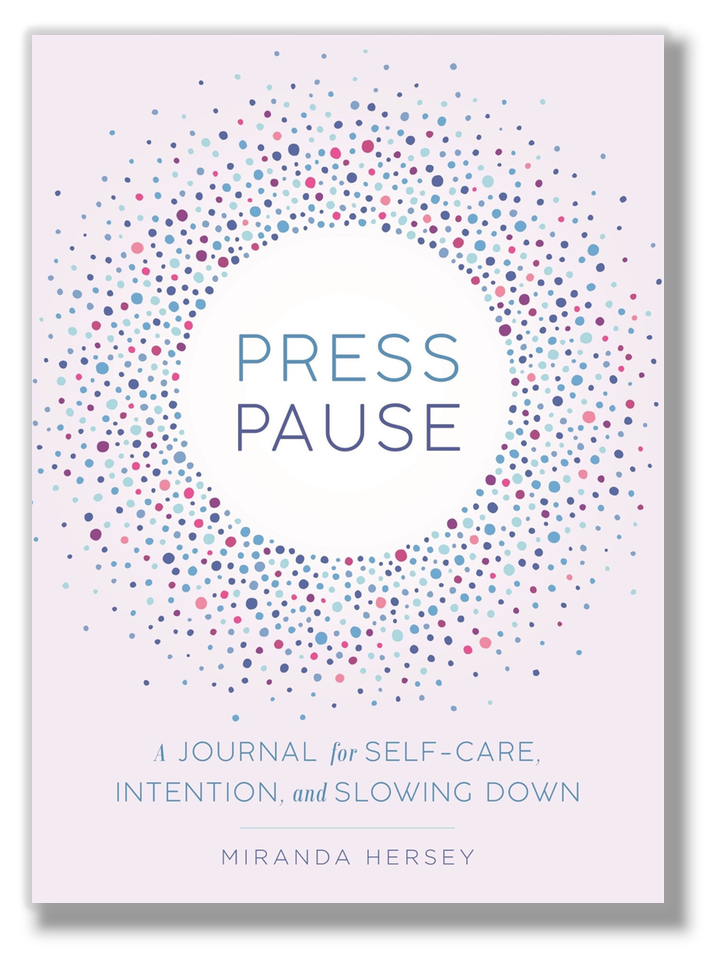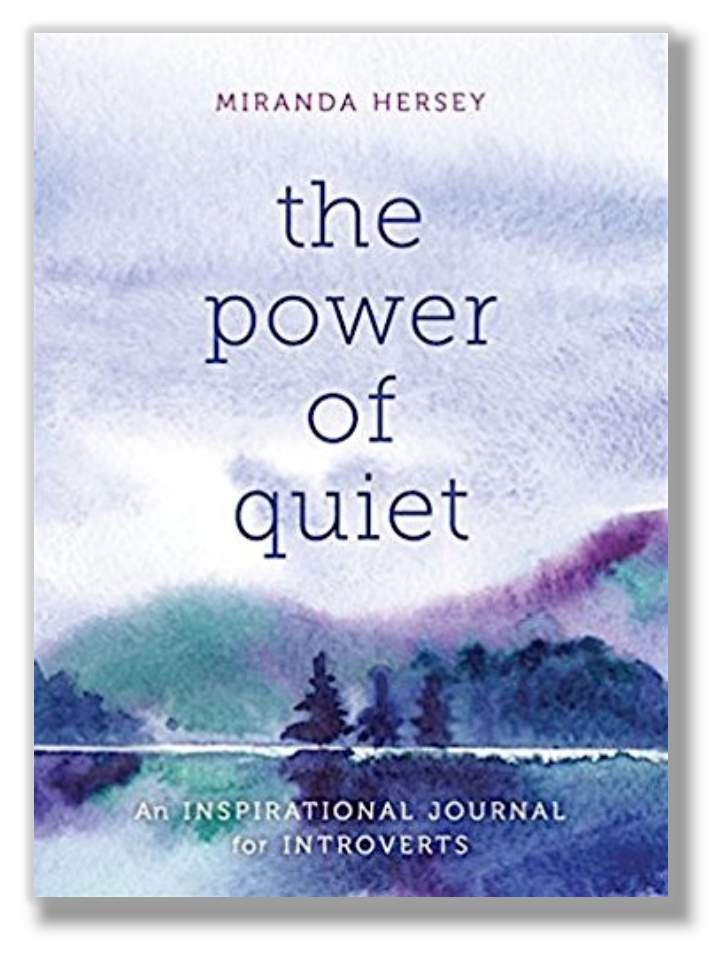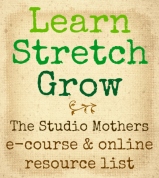10 Ways to Make the Most of 10 Minutes
 It’s a rare but beautiful thing: An unexpected gap opens in your otherwise overbooked day. You realize — with disbelief — that you’re actually “free” for a short window. No one’s hair is on fire and there isn’t anything urgent to take care of right now. Maybe the baby who never sleeps finally closes her eyes or your spouse takes the kids out on an errand or you’re between conference calls. Whatever it is, you realize that the next little bit of time is not yet spoken for. The window is too short to dig into a project, but you do have time for something. What do you do?
It’s a rare but beautiful thing: An unexpected gap opens in your otherwise overbooked day. You realize — with disbelief — that you’re actually “free” for a short window. No one’s hair is on fire and there isn’t anything urgent to take care of right now. Maybe the baby who never sleeps finally closes her eyes or your spouse takes the kids out on an errand or you’re between conference calls. Whatever it is, you realize that the next little bit of time is not yet spoken for. The window is too short to dig into a project, but you do have time for something. What do you do?
For many of us, one thing rises reflexively to the top of the list of possibilities: Facebook. (Or whatever social media you happen to prefer.) We fritter away our 10, 20, or 30 minutes scrolling through the minutia and photographic exploits of people we may or may not a) know, b) like, or c) find interesting. Or maybe we hit our regular news sites or entertainment blogs. So long as we’re online, we’re engaged.
Then our window closes — the baby wakes up, the client calls, it’s time to head out — and those minutes are gone. Are we the better for how we spent them?
Don’t get me wrong: Downtime is important. Ten minutes of doing nothing has its value; social media and other internet temptations can, at times, serve as recreation. But more often than not, the interwebs become a crutch that we depend on because we’re in a short period of transition. We don’t know what else to do — or we do know what to do, but we’re procrastinating because we’re over- or under-whelmed by whatever we’re supposed to be working on. And just when we might benefit most from a screen-free breather, we’re particularly addicted to the glow.
Whether you’re using up minutes that aren’t otherwise spoken for or you’re avoiding a task you’d rather not do, use those 10 minutes to your advantage. Here are 10 “unplugged” ways to do just that.
- Meditate. Whether or not you already meditate regularly, a 10-minute break is a great opportunity to sit. Research demonstrates the substantial health benefits of meditation: it reduces stress, lowers blood pressure, increases focus, and reduces sensitivity to pain. Not sure how to meditate? Here’s an accessible introduction from Zen Habits.
- Write a poem. Short-form poetry is a lot of fun, and it only takes a few minutes to pen a haiku, tanka, or cinquain. Even if you’re unfamiliar with writing poetry, it’s deeply satisfying to solve the poetic puzzle of fitting your ideas into a time-honored structure.
- “Treat” read. You know that stack of magazines and journals that you never get to? Perhaps the New York Times Book Review that you set aside for “later,” or that tempting collection of One Story issues? Maybe an alumni magazine you want to peruse? That’s what I call “treat” reading — something that meets these three criteria: it’s short, unplugged, and somewhat indulgent.
- Exercise. Do 10 minutes of yoga, jump rope, or — if you have them — run up and down a flight of stairs (assuming you’re healthy enough to do so). A 10-minute burst of exercise boosts your concentration, mood, and physical well-being.
- Journal. Grab your journal — even if you’re a regular practitioner of Morning Pages — and gift yourself with a brief clearing session. Write out what you’re doing, what you’re not doing, what’s working, what’s not working. Keep your hand moving. Speaking from experience, 10 minutes of intense journaling can be an amazing stress reliever.
- Share the love. Dig out one of those blank cards or bits of stationary that are lurking in a drawer somewhere and write a brief note to someone you care about. It might be a thank-you note, a thinking-of-you note, or just a few lines that amount to “I’m so glad to know you.” Address your envelope, put a stamp on it, and mail the card next time you’re out. This act of gratitude has benefits for you as well as your recipient.
- Plot creatively. Grab a few index cards. Using one card per idea, outline a handful of important scenes that need to happen in your novel; the concept, colors, or basis for the painting that’s been kicking around in your head; a few possibilities for future blog posts. If you prefer visuals to words, use the blank side of your index cards to sketch or doodle.
- Prepare. Use a short interval to do some groundwork for a project: Gesso a canvas, sharpen your colored pencils, clean off your worktable or desk. If you don’t have any tasks in this category, spend your window filing bills or dealing with that “not sure what to do with this” stack of papers. It’s not sexy, but it sure feels good when it’s finished.
- Clip. Gather up a few old magazines (I keep a collection in my art room for this purpose) and flip through those glossy pages in search of collage materials. You don’t need to look for anything specific, just pull or clip the words and images that appeal to you. Save these clippings in a box for later collage work — and file anything else that sparks a story or project idea.
- Step outside. Use your brief break to get some fresh air. Go stand outside and marvel at whatever you see, feel, and hear. Raining? Enjoy the sound of rain hitting your umbrella. Snowing? Stand outside and be with it. Can’t go out because the kids are sleeping/watching TV/leaving you alone for a few seconds? Go stand by a window and breathe deeply. We all need to connect with nature, even if it’s just a few long-distance minutes with one straggly tree on the other side of a busy street.
What are your favorite ways to make the most of 10 minutes?
:::::
 If you’re an artist or writer with little ones, The Creative Mother’s Guide: Six Creative Practices for the Early Years is the essential survival guide written just for you. Concrete strategies for becoming more creative without adding stress and guilt. Filled with the wisdom of 13 insightful creative mothers; written by a certified creativity coach and mother of five. “Highly recommended.” ~Eric Maisel. 35 pages/$11.98. Download here.
If you’re an artist or writer with little ones, The Creative Mother’s Guide: Six Creative Practices for the Early Years is the essential survival guide written just for you. Concrete strategies for becoming more creative without adding stress and guilt. Filled with the wisdom of 13 insightful creative mothers; written by a certified creativity coach and mother of five. “Highly recommended.” ~Eric Maisel. 35 pages/$11.98. Download here.




 Last month I attended “Mothers’ Plunge” in Boston, a one-day retreat for mothers led by
Last month I attended “Mothers’ Plunge” in Boston, a one-day retreat for mothers led by 











